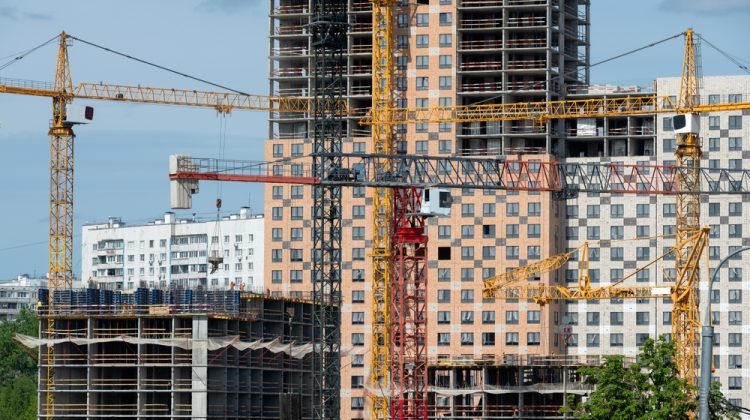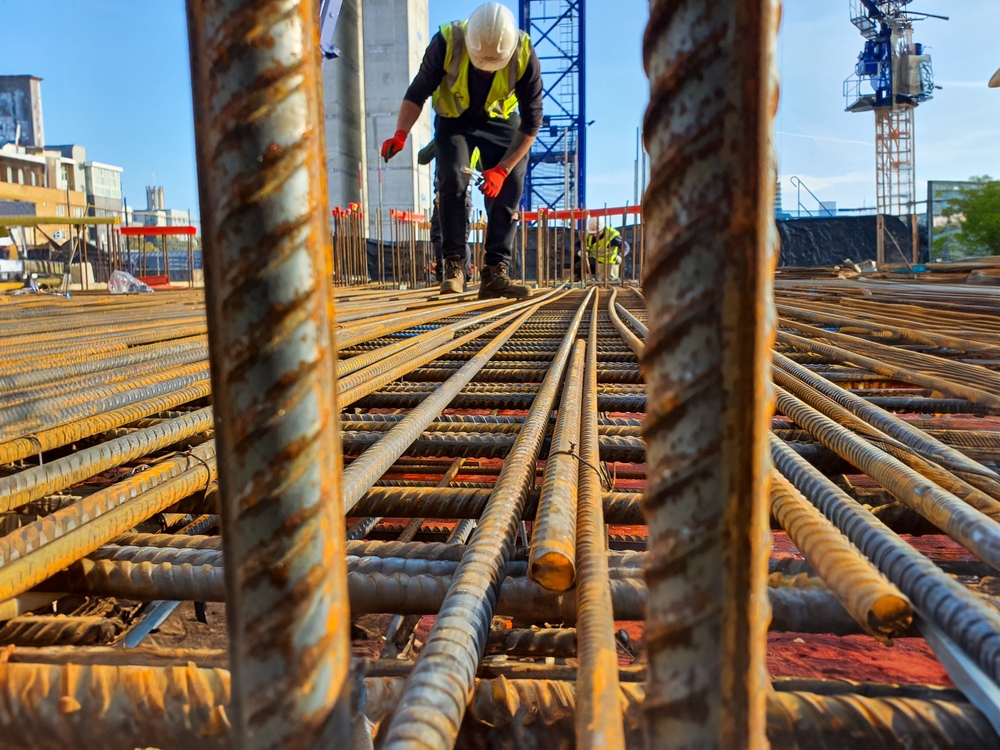
Energy-Efficient Construction: Building Smart and Sustainable Futures
Energy-Efficient Construction: Powering the Future of Sustainable Buildings
As the world faces the challenges of climate change and rising energy costs, the construction industry is evolving rapidly toward energy-efficient construction. By integrating smart design, green technologies, and renewable energy, builders can create structures that consume less power while providing better comfort and durability.
This shift not only supports environmental sustainability but also aligns with India’s commitment to achieving net-zero carbon goals by 2070.
What Is Energy-Efficient Construction?
Energy-efficient construction refers to the practice of designing and building structures that use minimal energy to maintain comfort and functionality. It involves optimizing energy consumption in lighting, heating, cooling, and ventilation through the use of innovative design strategies, efficient materials, and advanced technologies.
Simply put, energy-efficient construction ensures that every stage—from material selection to building operation—prioritizes reduced energy use and environmental responsibility.
Importance of Energy-Efficient Construction
Buildings account for almost 40% of global energy consumption and over one-third of carbon emissions. Implementing energy-efficient construction methods can drastically reduce these numbers, creating a sustainable and economically viable future.
In India, the demand for affordable housing and infrastructure continues to rise, making energy-efficient construction a necessity to balance growth with environmental preservation.
Key Principles of Energy-Efficient Construction
1. Smart Building Design
A well-planned design is the foundation of energy-efficient construction. Passive design strategies—such as natural ventilation, proper orientation, and daylight optimization—help reduce dependency on artificial systems.
2. High-Performance Insulation
Proper insulation maintains indoor temperatures, reducing the need for heating and cooling systems. This simple step in energy-efficient construction can significantly cut energy consumption.
3. Energy-Efficient Materials
Using materials like reflective roofing, double-glazed windows, and low-emission glass helps improve building performance. Recycled and locally sourced materials also support energy-efficient by minimizing transportation emissions.
4. Renewable Energy Integration
Installing solar panels, wind turbines, or geothermal systems allows buildings to generate their own clean energy. This not only contributes to energy-efficient but also reduces long-term electricity costs.
5. Smart Technologies and Automation
Modern energy-efficient projects often include intelligent systems such as IoT sensors and automated lighting or HVAC systems that adjust energy use based on occupancy and environmental conditions.
Benefits of Energy-Efficient Construction
-
Reduced Energy Bills: Lower electricity and maintenance costs over time.
-
Environmental Protection: Significant reduction in greenhouse gas emissions.
-
Enhanced Comfort: Better air quality and temperature control for occupants.
-
Higher Property Value: Energy-efficient buildings attract buyers and investors.
-
Compliance and Certification: Easier qualification for green building certifications like LEED and IGBC.
Energy-Efficient Construction in India
India is taking major steps toward energy-efficient through initiatives like the Energy Conservation Building Code (ECBC), National Mission on Sustainable Habitat, and Green Rating for Integrated Habitat Assessment (GRIHA).
The Indian Green Building Council (IGBC) also promotes energy-efficient practices by providing certification programs and guidelines for eco-friendly buildings. These frameworks encourage the use of renewable energy, efficient design, and sustainable materials.
Best Practices for Energy-Efficient Buildings
-
Conduct Energy Audits: Assess energy use before construction to identify improvement areas.
-
Adopt Building Information Modeling (BIM): Optimize designs for energy performance.
-
Use Natural Resources Wisely: Harness sunlight, rainwater, and wind for building operations.
-
Educate Teams: Train architects, engineers, and contractors on energy-efficient techniques.
-
Monitor Performance: Use smart meters and analytics tools to track energy consumption and efficiency.

Partnering for a Sustainable Future
Achieving energy-efficient requires collaboration between architects, developers, engineers, and policymakers. Every step toward efficiency contributes to global sustainability goals.
If you’re planning your next green project, partner with AMS India—experts in sustainable, energy-efficient construction solutions. Our team specializes in delivering eco-conscious designs that save energy and protect the environment.
Conclusion: Building Smart, Living Green
Energy-efficient is more than a trend—it’s the foundation of sustainable living. By integrating innovation, renewable energy, and smart design, the construction industry can reduce environmental impact and build resilient communities.
Through energy-efficient , we can create buildings that conserve energy, lower emissions, and ensure a healthier future for generations to come.
Read more related articles to enhance your knowledge and make informed decisions
Cost-Effective Modular Construction: Fast, and Sustainable Building Solutions
Smart Modular Buildings: Innovative, Efficient, and Sustainable Construction








